Details
NiSi ND (Neutral Density) - Neutral Density Filters
NiSi Neutral Density (ND) filters are the ideal tool for controlling exposure time. Thanks to the wide range of available strengths, NiSi ND filters can extend shutter speed even in bright light conditions.
Forget Resin: NiSi Neutral Density filters are made from high quality optical glass, so you won't lose any detail in your images. In addition, all of our filters have an IR coating applied to neutralize infrared light (which causes color shifts), plus the filters have our special Nano-Coating®.
Unique in the market, our special surface treatments allow us to achieve natural colors without color cast. You can finally say goodbye to color corrections in digital post-processing and concentrate on the beauty of photography. NiSi gray filters are available in many sizes: 75mm, 150mm, 180mm, Cinema, Circular and even for your drone.
When do I use ND filters?
Thanks to the use of NiSi neutral density gray filters, you can extend shutter speeds or use larger apertures. Some common uses are:
- Reduce depth of field despite strong brightness.
- Control shutter speeds in videos and time-lapse photography
- Make water appear like silk
- Make people in public places "disappear" by using slow shutter speeds
- Capture the movement of clouds and other moving subjects
There are no limits to your creativity!
Plug-in or screw-in ND filter
Whether you use a plug-in filter system or circular screw filters, NiSi has the right ND filter for you: in 4 plug-in filter sizes and in all common filter diameters. NiSi produces ND filters with 2 to 20 f-stops to meet all specific requirements. The intensity of the filters is specified both in the number of f-stops and in the conventional density unit. For plug-in filter systems, NiSi produces ND filters for all common filter holder systems: 75mm, 100mm, 150mm and 180mm. Also available is the ND Vario from 1.5 to 5 stops & ND Vario from 5 to 9 stops.
How to install the square ND filters
Neutral Density (ND) filters are always installed in the closest slot to the lens so that the foam seal effectively blocks stray light. Also be sure to position the narrow edges of the gasket on the sides so that the filter can be inserted without damage.
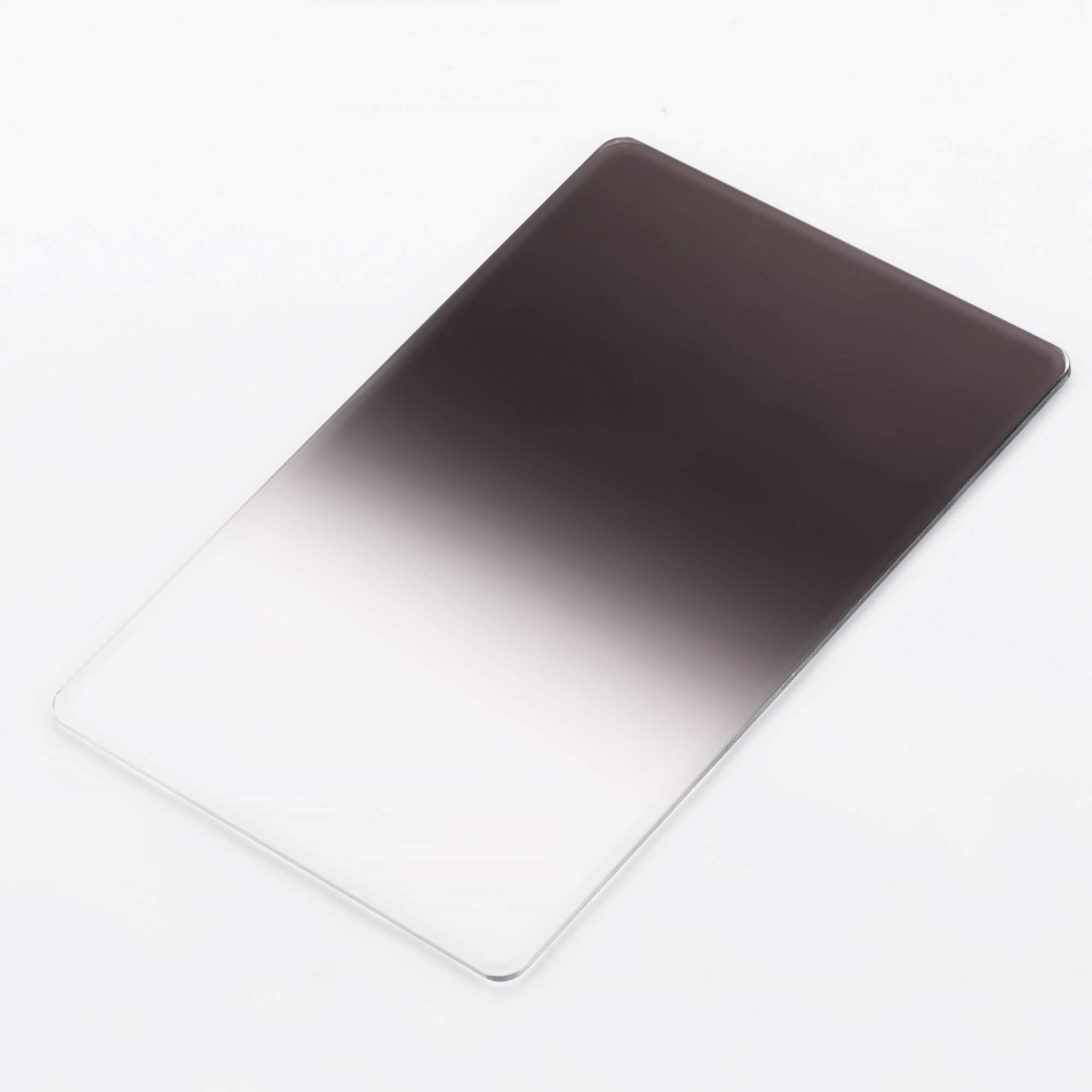
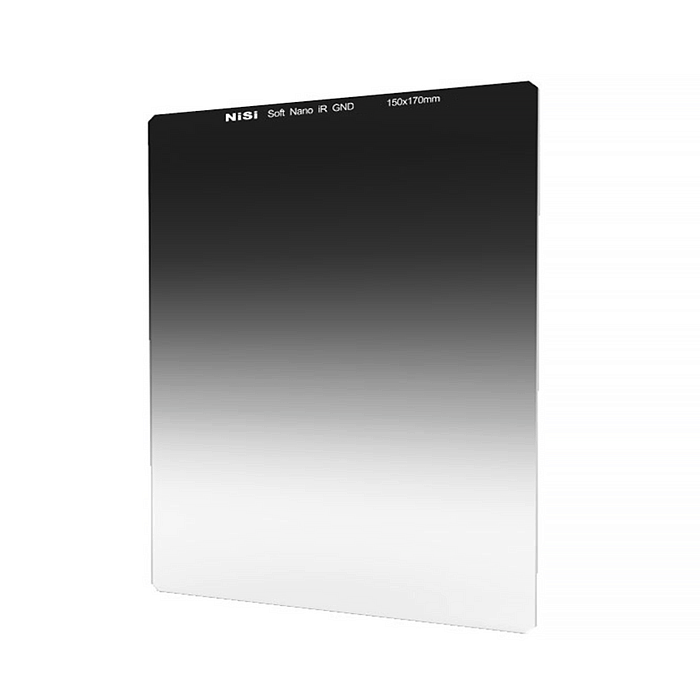
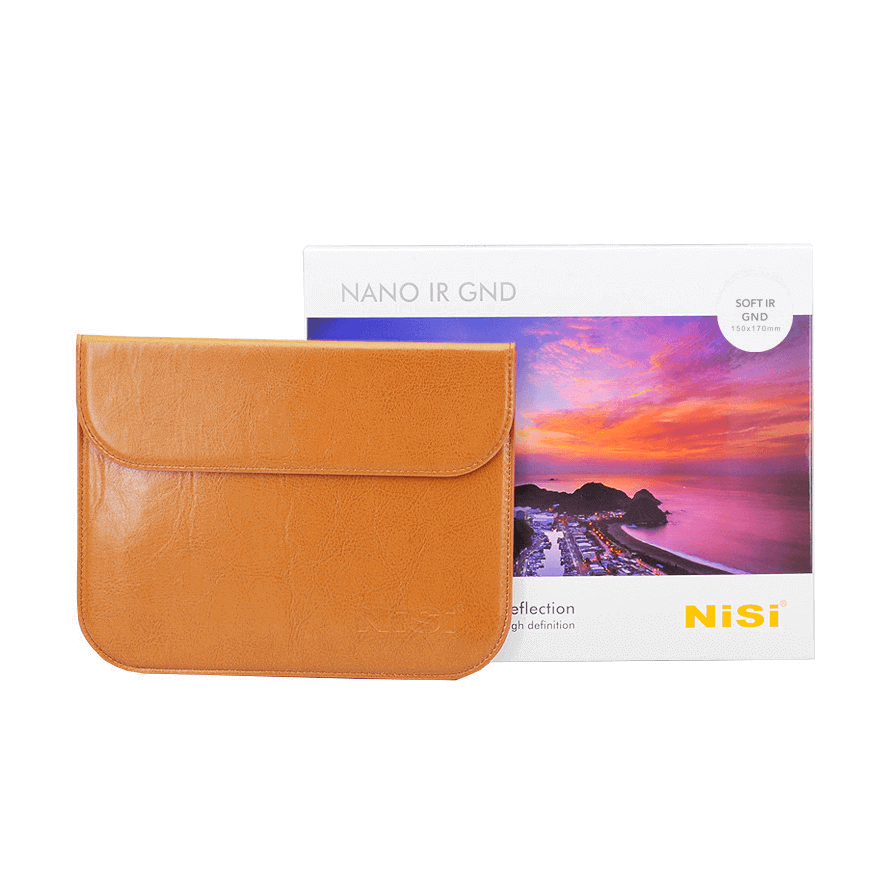
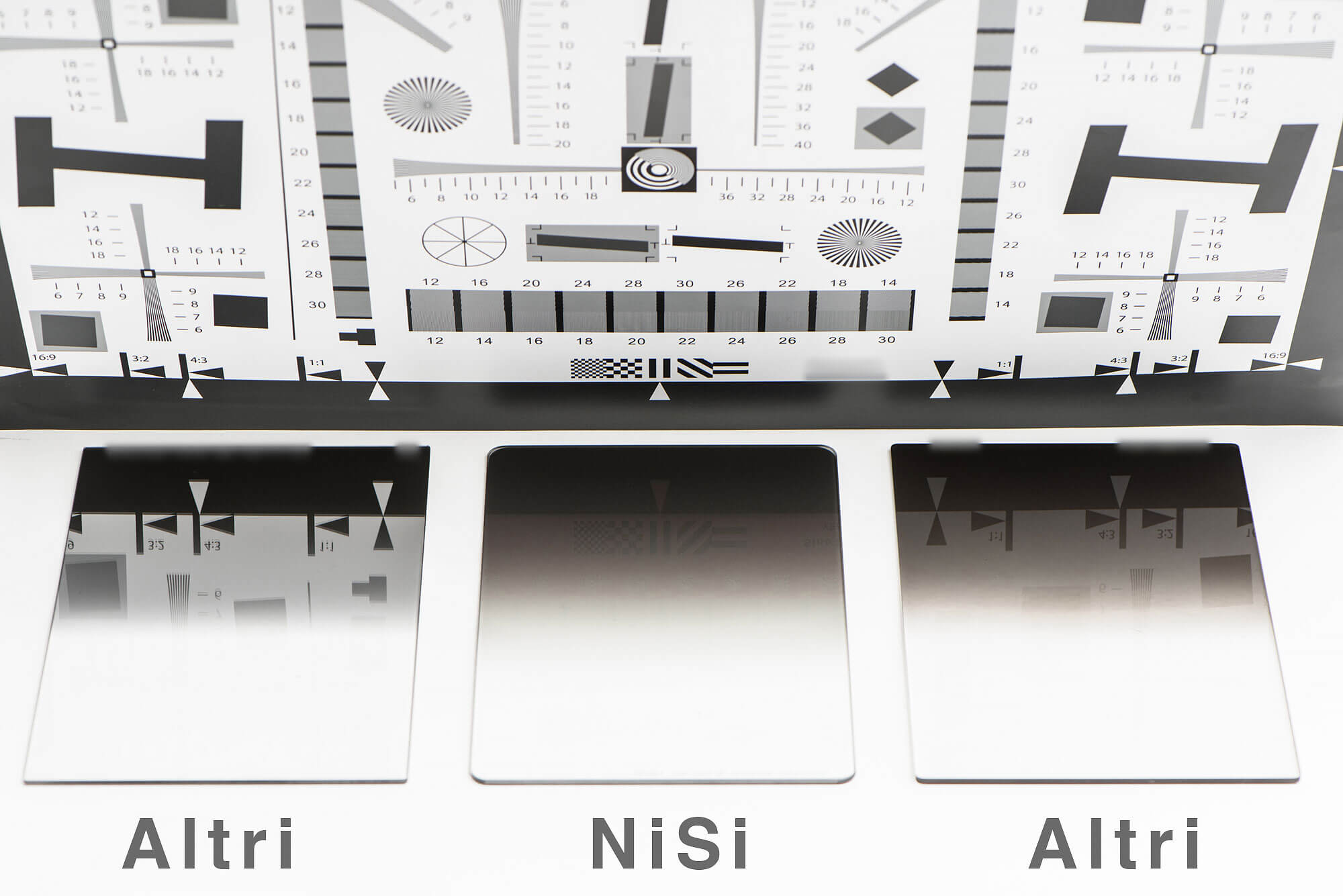
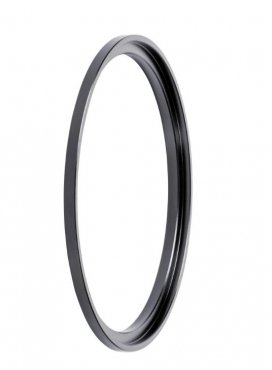
Simply subscribe and benefit as a newsletter recipient every week: